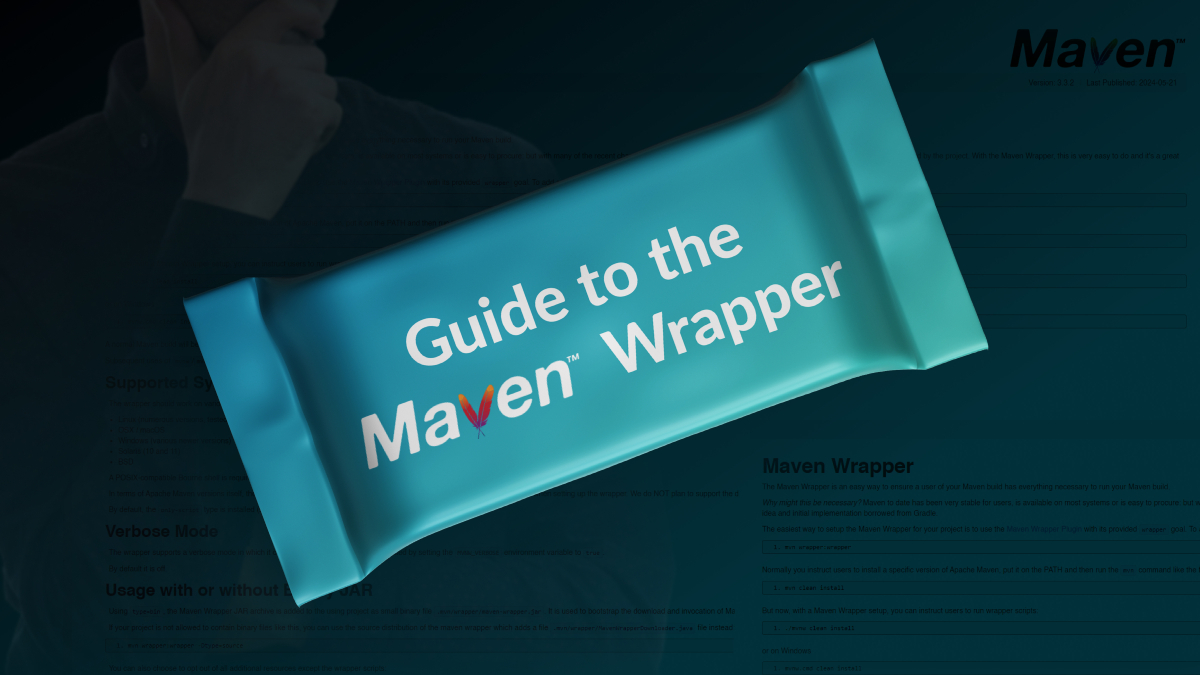Tutorials
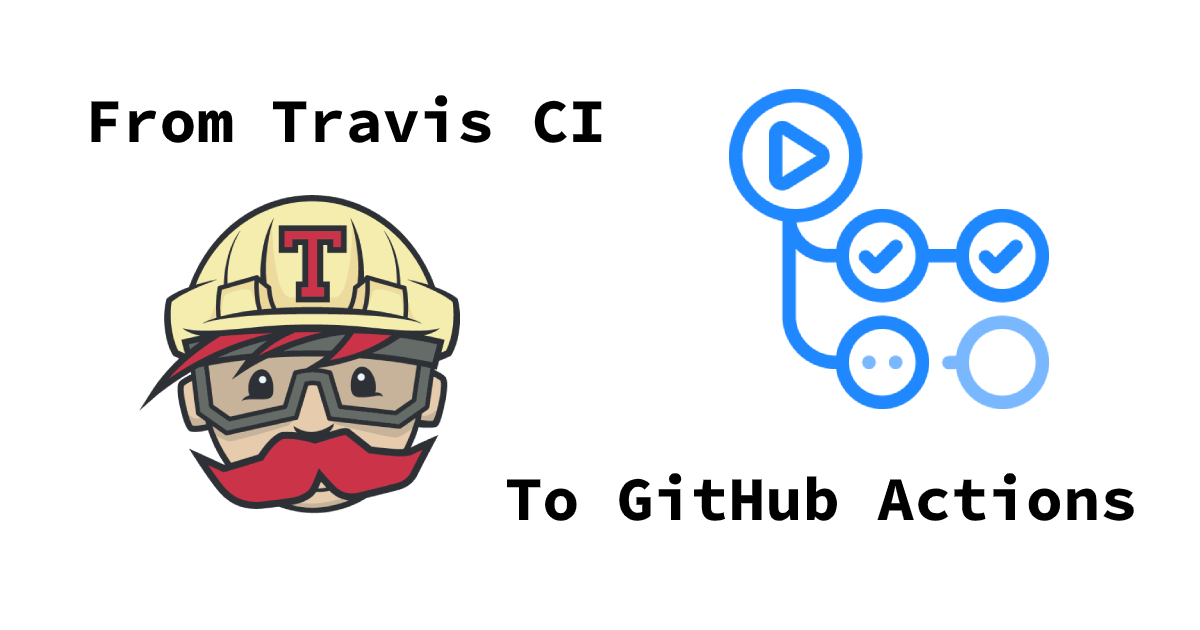
Recently, a colleague pointed out that I was still configuring Travis-CI on new GitHub repos and suggested I used GitHub Actions instead. I had given Actions the ol’ five-minute test when it was still in beta, but ran into a few problems and gave up. After all, I’ve been a fan of Travis-CI for a while and I had enough new things to learn at the time.
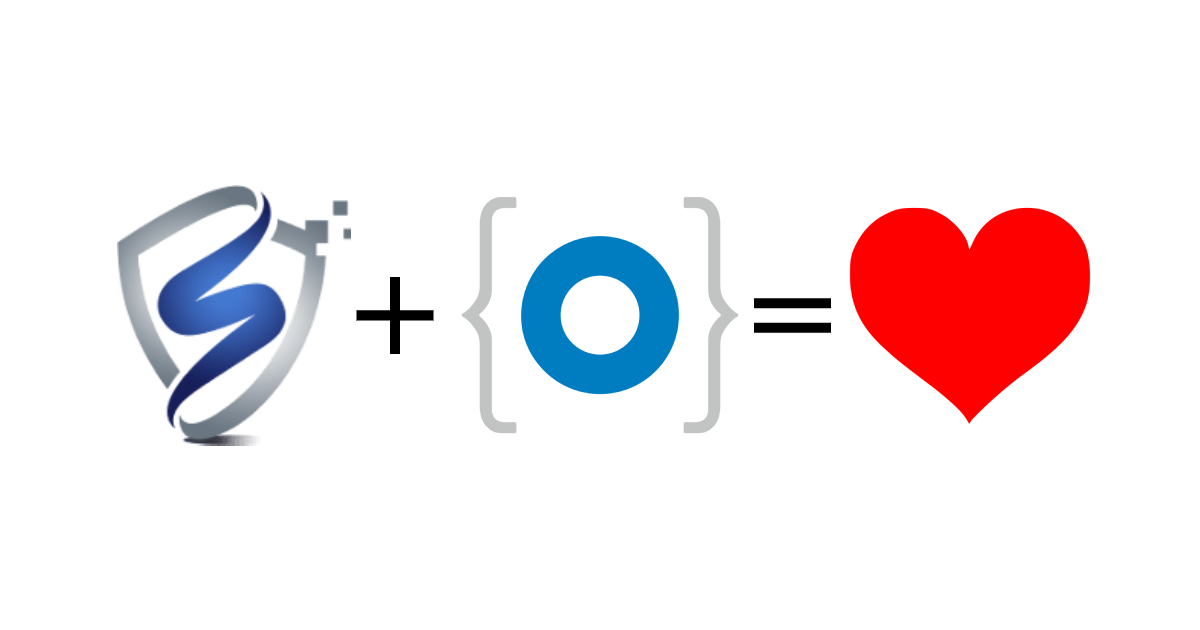
Apache Shiro is a Java security framework that can perform authentication, authorization, session management, along with a host of other features for building secure applications. In this tutorial, you will build a simple Java REST application using JAX-RS. JAX-RS, like many Java APIs, is a set of interfaces, and you will need to pick an implementation
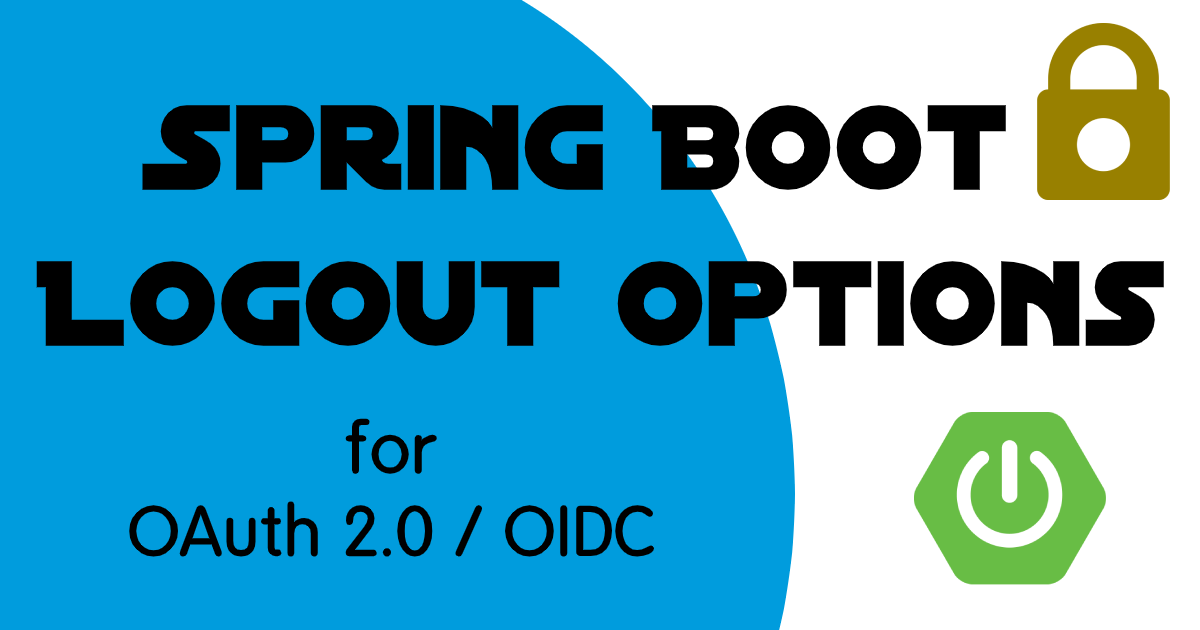
On the Okta blog, we spend much of our time talking about logging in. That is because once you configure your application to log in, the log out just works. But there are a few things you should consider when you’re thinking about your app’s logout configuration. In this post, I’ll walk through examples of the two logout options you have with Spring Security: the “default” session clearing logout, and relying party initiated logout.
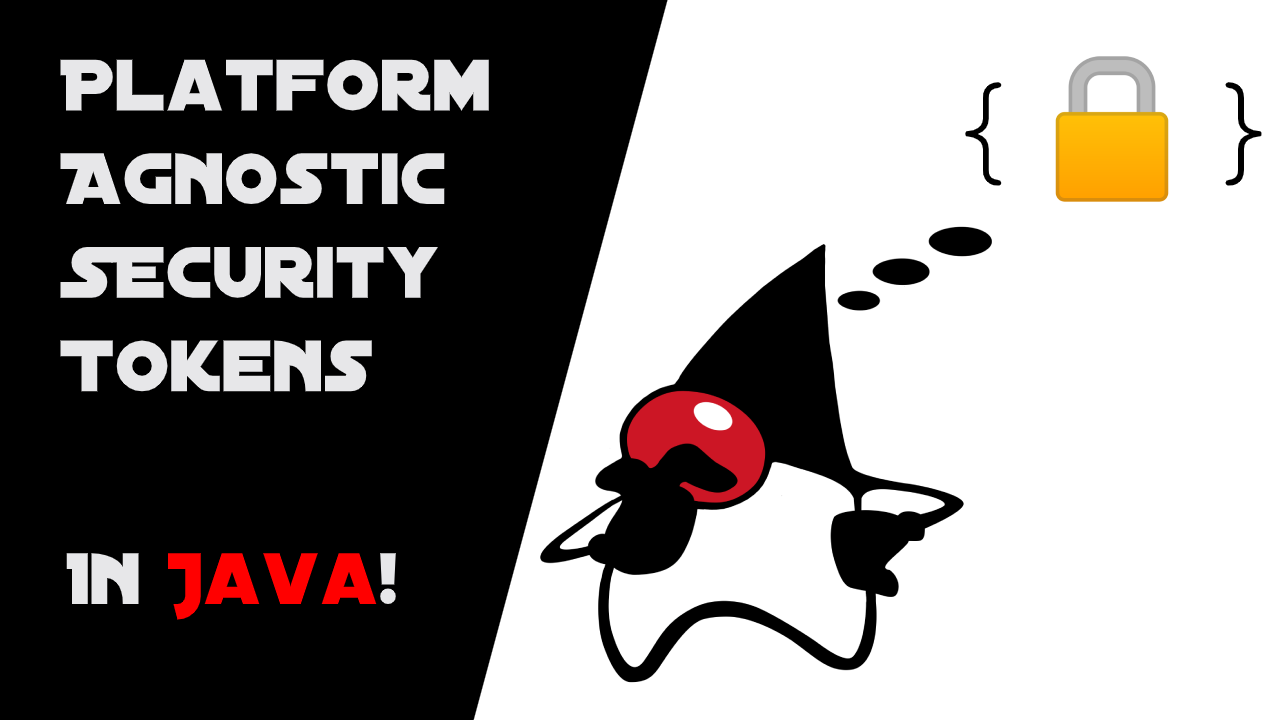
PASETO is the latest trend in security token formats. Its primary goal is to reduce the problems the JSON Web Token (JWT) related specifications introduce. In this post, I’ll give you a brief introduction to PASETO tokens and then jump into an example that creates and parses tokens using in Java using JPaseto.

One of the biggest challenges of adding OAuth 2.0 support to legacy applications is a lack of support in the underlying framework. Maybe it’s homegrown, or maybe it’s just old? Either way, migrating away from an old form-based login doesn’t need to be so painful. In this post, I’ll walk you through a low-code option using Spring Cloud Gateway and Okta.






